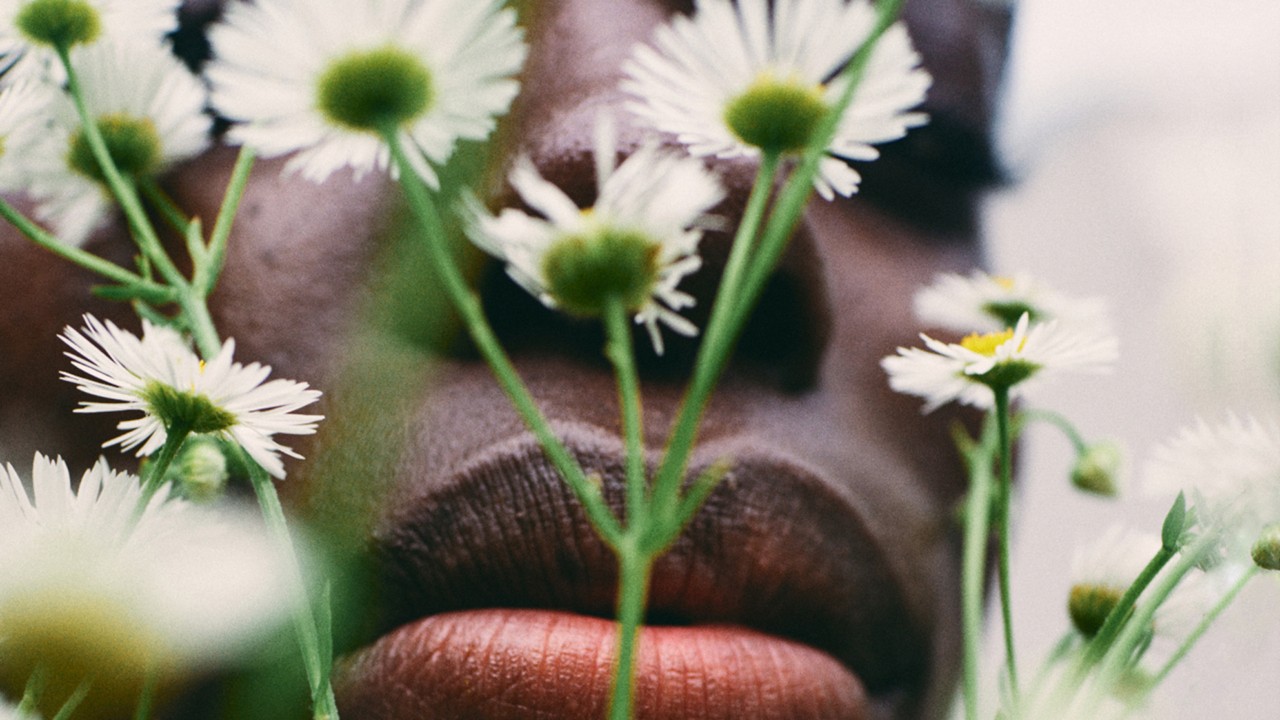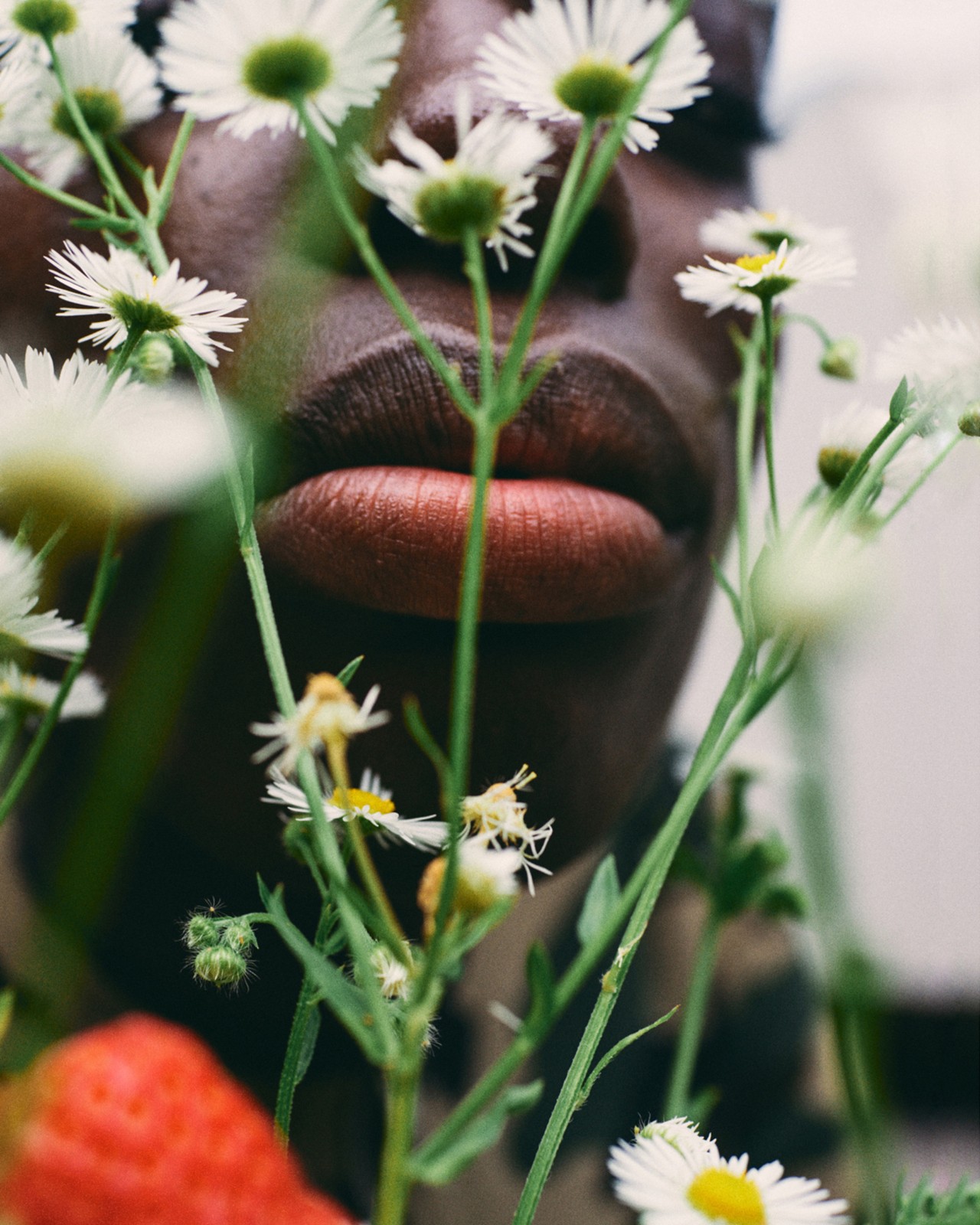

Photograph by Hana Knizova / Kintzing
words by omnia saed
At Belmont Estate, a 300-acre organic farm in Grenada’s St. Patrick parish, the air is thick with the bittersweet smell of cocoa roasting in the morning, the musky tang of goats in the pasture, mangoes dripping with sugar, and nutmeg and cinnamon curling into the breeze. For Shadel Nyack Compton, walking these fields is a step back into childhood. “It reminds me of my grandmother,” she said. “It’s euphoric.”
Few things collapse time like a familiar scent. In fact, scientists say smell is the sense most closely tied to our memory and emotion. At Belmont, that truth hangs, quite literally, in the air: fruit and spice saturating the landscape, rooting Compton in the soil her grandparents first tended when they purchased the estate in the 1940s. But the fragrances that define this farm may not be around for much longer. The IPCC has issued urgent warnings that climate change could, in the next decade, cause crops such as cocoa and coffee to decline by up to 50% in key regions, including the Caribbean. To lose them would strip the fields of scent, and with it, a remarkable sense of self and place.
Nowhere is that clearer than in Grenada, where the smell of roasting beans or fermenting fields carries with it a sense of history and livelihood. In the mid-1700s, Grenada was among the world’s largest cocoa exporters; by the 20th century, that same industry saw huge declines as disease and global competition took their tolls. Today, that lineage has been revived through a bean-to-bar movement that makes Grenada one of the few places where chocolate is produced entirely at origin, with farmers involved in every step. The Belmont Estate Chocolate Factory is a symbol of this revival. Each stage—harvest, roast, ferment—unfolds into notes grassy, earthy, smoky, sweet.
But that legacy is under strain.
“Climate change is very real for us in Grenada, and it is directly affecting cocoa,” Compton said. “In July of last year, Hurricane Beryl destroyed about 9,000 of our cocoa trees, roughly 60% of our cocoa stock. It was devastating not just in numbers, but in spirit, because each tree represents years of care and history.” Among those lost was a tamarind tree believed to be more than 300 years old, its pods perfuming the air with a tangy-sour sweetness.
“Every hurricane season, I will tell you, I am scared,” Compton said. What’s at stake is the harvest, but also the aromas that shape Grenada’s identity: the smoke of roasting cocoa, the steam of cocoa tea simmering with cinnamon and bay, the fermenting tang of beans in the fields. “If climate stress intensifies, the delicate fruity and floral qualities Grenadian cocoa is known for could be diminished,” added Compton. “Cocoa is inseparable from its environment. When climate change threatens the crop, it threatens the heritage and the future that comes with it.”
“When scents vanish, they erase relationships between plants, animals, and people.”
Grenada’s story is not unique. Across the world, climate change is reshaping the scents that once defined entire regions.
In Madagascar, cyclones and drought have devastated the vanilla industry. The country supplies 85% of the world’s natural vanilla, yet yields were halved in recent years: A single cyclone in 2017 damaged 30% of that year’s harvest. In Afghanistan, drought and shifting rainfall are shrinking cumin crops, longtime staples of cooking and trade. In Bulgaria, rose fields now bloom earlier and for shorter periods, thinning the delicate oil behind centuries of fragrance tradition. And in Egypt, intensifying heat forces jasmine blossoms to open too soon, releasing their scent before the dawn pickers arrive.
The first to register these changes are farmers, whose livelihoods depend on smell and taste. Ethan Frisch, co-founder of spice supplier Burlap & Barrel, works with smallholder farmers across more than 30 countries. His company was built on the idea that each spice is a harvest rooted in place. That makes climate change’s impact all the starker. “Farmers see these changes on a daily basis,” Frisch said. “Spices have become an entry point into understanding the world, a doorway into how it has worked for thousands of years.” Now, many farmers say their work feels less sensory, as the familiar cues of seasons give way to uncertainty.
What farmers have long-detected in their fields, scientists are just beginning to measure. And it’s affecting the more-than-human world, too. Ecologist Sabine Nooten showed that heatwaves can reduce bees’ ability to smell flowers by up to 80%. Without those cues, pollination suffers. Pollution only compounds the crisis. Biologist Jeffrey Riffell found that nitrate radicals in urban air can strip flowers like evening primrose of their sharp, minty edge. To hawk moths, those lost notes make the flower unrecognizable. “When scents vanish,” he said, “they erase relationships between plants, animals, and people.”
Artists and perfumers are also documenting what is at stake. In Berlin, Sissel Tolaas has spent decades cataloging the world’s smellscapes, recording more than 15,000 odors—from city streets to archaeological ruins—and preserving nearly 20,000 molecules and formulas in her RE_searchLab. She mapped the smells of 55 cities, from Amman to Shanghai, and more recently turned to the ocean, distilling its briny vastness into vials with the TBA21–Academy. “This invisible reality called air surrounds us all the time, and we all share it,” she said. “If climate change alters those molecules—through rising heat, pollution, or shifting ecosystems—then it alters how we perceive and remember the world.”
During the COVID-19 pandemic, up to 75% of those infected abruptly lost their sense of smell or taste. For many, it was the first time they realized just how much smell underpins daily life. Researchers found that 87% reported reduced enjoyment of food, 56% noted a decline in overall quality of life, and 43% experienced symptoms of depression linked to smell or taste loss. If a single virus could temporarily erase a sense overnight, what happens when climate change erodes it for good?
“This invisible reality called air surrounds us all the time, and we all share it. If climate change alters those molecules, then it alters how we perceive and remember the world.”
For one thing, language shifts with changing circumstances. “In the scientific community, you say olfaction,” said Tolaas. “In the commercial world, you say scent or fragrance. These words shape how people think about smell.” In modern English, Tolaas added, vocabulary collapses into blunt binaries—“good” or “bad,” “sweet” or “rotten.” But many cultures once integrated smell into daily speech. The Seri people in Mexico, for example, used the phrase hiisax cheemt iha—“my spirit stinks”—to express anger. As urbanization erased the smells of plants and animals from daily life, those words faded too, along with the ecological knowledge they carried.
“There is no culture [in history] that didn’t at some point celebrate scent,” said Mandy Aftel, a natural perfumer based in Berkeley. “None. And there’s no culture that didn’t take instinctive pleasure in rubbing those aromas on themselves. I feel like it is what it is to be human.”
Aftel has spent decades trying to hold on to that inheritance. In her backyard, she built the Aftel Archive of Curious Scents, a museum she describes as a library of memory, stacked with agarwood, cacao, ambergris—the raw materials of perfume and, increasingly, of natural history. “The first time I discovered the infinite world of scent, I felt I had stumbled on buried treasure,” she said, lifting a scratch-and-sniff bookmark of Haitian vetiver to her webcam. “The materials are magic.”
For Aftel, each vial in her archive is a reminder of how fragile these sensory anchors are; of how climate change, overharvesting, and industrialization can strip them from daily life as surely as urbanization once erased vocabularies that describe them. “There are so many ways to have an important memory with smell in your daily life,” she said. “If you eat an orange, or drink a cup of coffee, or share a kiss—it’s all aromatic. And we can choose to engage with it.”
But while Aftel’s archive preserves memory, for many communities the stakes are survival. If climate change has a smell, it may be of absence. Cocoa husks gone cold in Grenada, cumin fields in Afghanistan left scentless, roses in Bulgaria withering too soon, jasmine in Egypt flowering before dawn. These are not small losses. On the front lines of a warming world, vanishing scents mean vanishing livelihoods and the cultures built around them.
“The scent of Grenada is the smell of nutmeg, cinnamon, and bay leaf drifting from kitchens and markets; the earthiness of cocoa from fields and fermentaries; and the salt and freshness of the sea breeze,” said Nyack. “The challenges of climate change are real, but Grenada’s cocoa has survived centuries of trials: revolution, storms, disease, and economic shifts. Cocoa is our livelihood and our memory. Protecting it means protecting our identity.”
There is fear, yes, but also hope: A determination to protect the land, the heritage, and the scents that carry both. To give up, Nyack added, would be simply unthinkable.
When the World Stops Smelling Like Itself